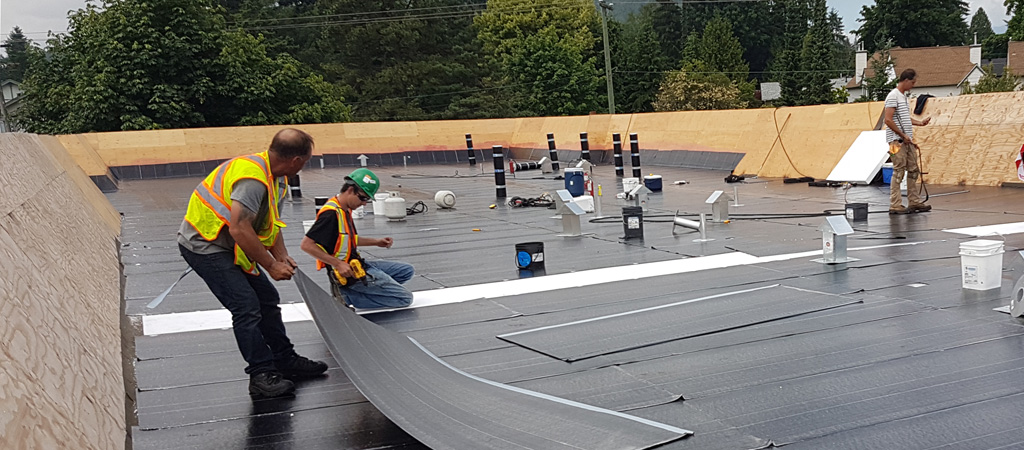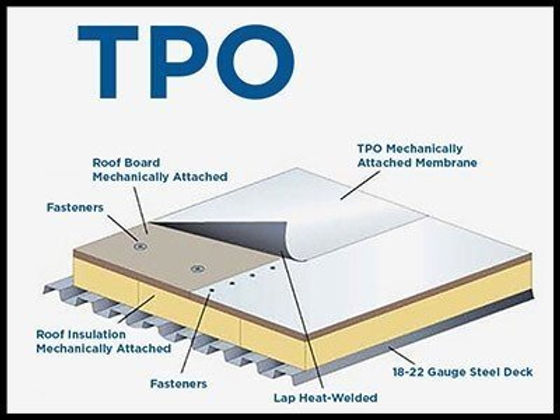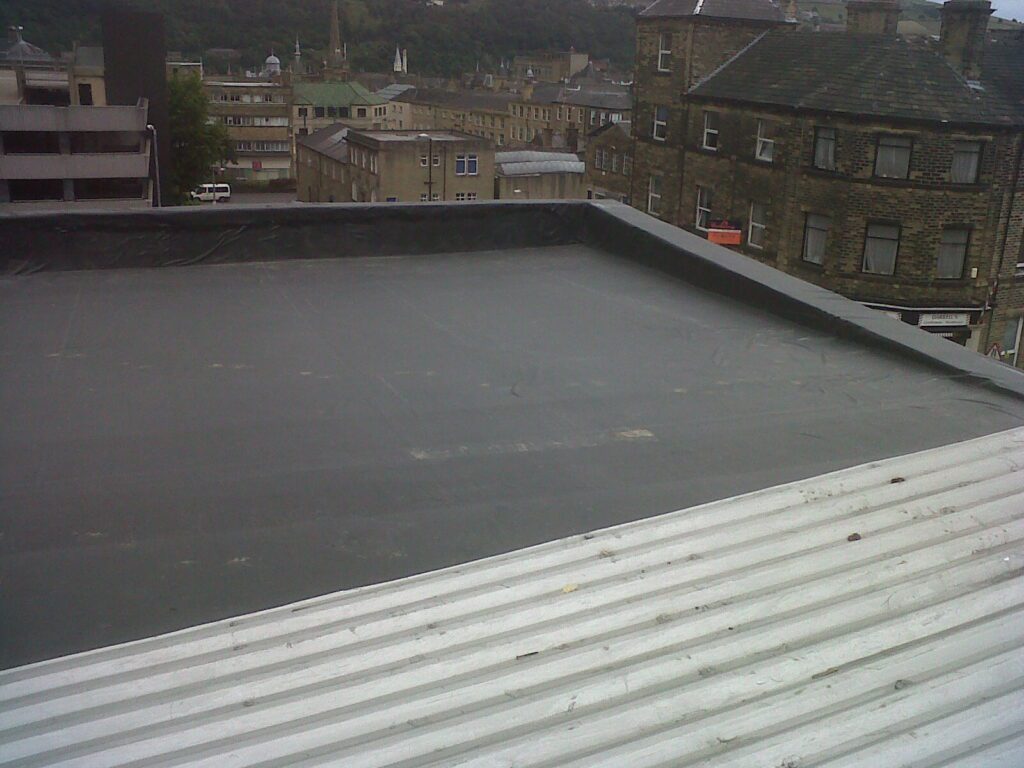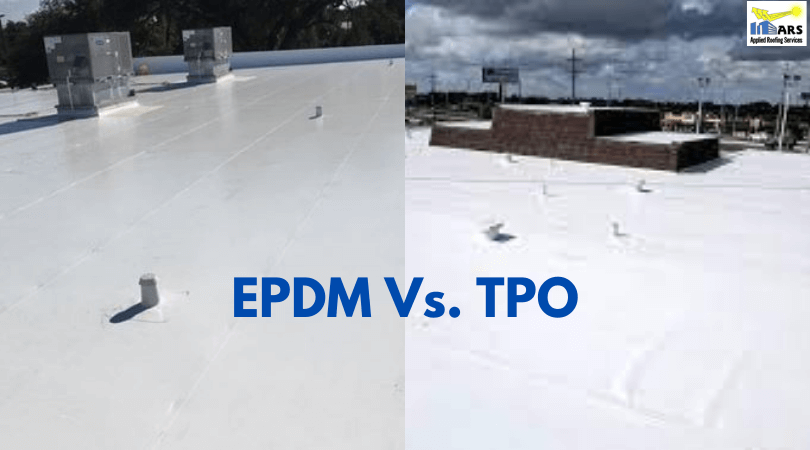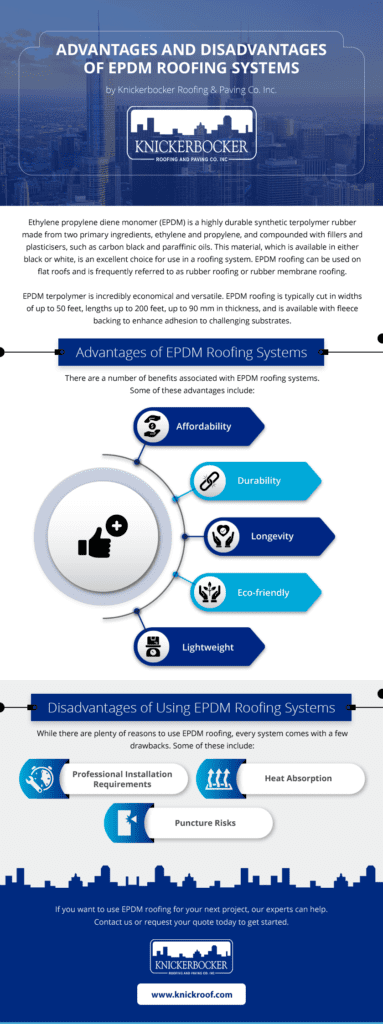Are you in the market for a long-lasting commercial flat roof, but not sure where to start? Look no further! In this article, we will explore the various options available to you and shed light on the longest lasting commercial flat roof solutions. Whether you own a warehouse, office building, or retail space, finding a durable and dependable roofing system is essential. Don’t let the daunting task of choosing the right flat roof overwhelm you – we’re here to help! So, sit back, relax, and let’s dive into the world of commercial flat roofs together.
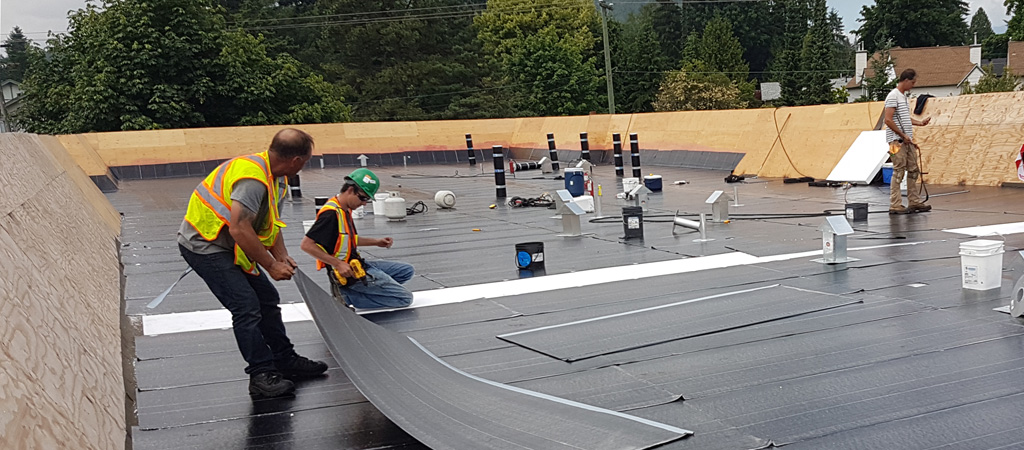

Factors That Affect the Longevity of Commercial Flat Roofs
When it comes to the longevity of commercial flat roofs, there are several key factors that come into play. These factors can greatly influence how long a commercial flat roof will last, and it’s important to take them into consideration when choosing the right roofing material and designing the roof. Let’s take a closer look at these factors:
Roofing Material
The choice of roofing material is one of the most important factors that can affect the longevity of a commercial flat roof. Different roofing materials have varying levels of durability and resistance to the elements. Some common roofing materials used for commercial flat roofs include built-up roofing (BUR), modified bitumen (MB), single-ply membrane roofing, metal roofing, spray polyurethane foam (SPF), thermoplastic olefin (TPO), ethylene propylene diene monomer (EPDM), and PVC (polyvinyl chloride). Each of these materials has its own advantages and disadvantages in terms of lifespan and performance.
Installation Quality
The quality of the installation is another crucial factor in determining the lifespan of a commercial flat roof. A properly installed roof will ensure that the materials are correctly applied and that all seams and joints are tightly sealed. On the other hand, a poorly installed roof can lead to leaks and other issues that can significantly shorten the lifespan of the roof. It’s important to choose a reputable and experienced roofing contractor who has a track record of delivering high-quality installations.
Proper Maintenance and Repair
Regular maintenance and timely repairs are essential for prolonging the lifespan of a commercial flat roof. Regular inspections should be carried out to identify any signs of damage or wear, such as cracks, blisters, or ponding water. These issues should be addressed promptly to prevent further damage. Additionally, routine maintenance tasks like clearing debris, cleaning gutters, and ensuring proper drainage can help prevent issues that can compromise the roof’s longevity.
Climate and Weather Conditions
The climate and weather conditions in a particular area can have a significant impact on the lifespan of a commercial flat roof. Roofing materials that are designed to withstand extreme weather conditions, such as high winds, heavy rain, or extreme temperatures, are more likely to last longer. It’s important to consider the specific climate and weather patterns of the region when selecting a roofing material for a commercial flat roof.
Roof Design and Slope
The design and slope of a commercial flat roof can also affect its longevity. A properly designed roof that allows for adequate drainage and prevents water from pooling is less likely to suffer from water damage or leaks. The slope of the roof plays a crucial role in ensuring proper water runoff. The roof should be constructed with a sufficient slope to prevent water from accumulating and causing damage to the roofing materials.
Different Commercial Flat Roofing Materials
There are several different roofing materials available for commercial flat roofs, each with its own set of characteristics and advantages. Let’s explore some of the most commonly used materials:
Built-Up Roofing (BUR)
Built-Up Roofing (BUR), also known as tar and gravel roofing, is one of the oldest and most traditional commercial flat roofing materials. It consists of multiple layers of bitumen (asphalt or coal tar) and ply sheets, usually reinforced with fiberglass or organic felts. BUR provides excellent waterproofing and durability, making it a popular choice for commercial buildings. With proper maintenance, BUR roofs can last up to 30 years or more.
Modified Bitumen (MB)
Modified Bitumen (MB) roofing is a modern evolution of the Built-Up Roofing system. It incorporates modified bitumen sheets that are layered together using hot asphalt or cold adhesive. MB roofing offers increased flexibility and improved resistance to UV rays, making it a durable and long-lasting choice for commercial flat roofs. The average lifespan of an MB roof is around 20 to 30 years.
Single-Ply Membrane Roofing
Single-Ply Membrane roofing is a popular choice for commercial flat roofs due to its ease of installation and affordability. This type of roofing system is made up of a single layer of synthetic material, such as EPDM, TPO, or PVC. EPDM (Ethylene Propylene Diene Monomer) is known for its excellent durability and resistance to UV rays, while TPO (Thermoplastic Olefin) offers good energy efficiency. PVC (Polyvinyl Chloride) is a durable option that provides excellent weather resistance. The lifespan of single-ply membrane roofs can range from 15 to 30 years, depending on the material used.
Metal Roofing
Metal roofing is a highly durable and long-lasting option for commercial flat roofs. It is available in various materials, such as steel, aluminum, and copper, each offering different levels of strength and resistance to corrosion. Metal roofs are known for their exceptional longevity, with lifespans ranging from 40 to 70 years or more. They also provide excellent fire resistance and are low maintenance, making them an ideal choice for commercial buildings.
Spray Polyurethane Foam (SPF)
Spray Polyurethane Foam (SPF) roofing is a unique roofing system that is applied as a liquid and expands to form a seamless and durable foam layer. SPF roofs provide exceptional insulation properties, as well as resistance to UV rays and water penetration. With proper maintenance and recoating every 10 to 15 years, SPF roofs can last for 30 years or more.
Thermoplastic Olefin (TPO)
Thermoplastic Olefin (TPO) roofing is a popular choice for commercial flat roofs due to its energy efficiency, durability, and ease of installation. TPO roofs are resistant to UV rays, heat, and chemicals, making them highly durable and long-lasting. The average lifespan of a TPO roof is around 15 to 30 years.
Ethylene Propylene Diene Monomer (EPDM)
Ethylene Propylene Diene Monomer (EPDM) roofing is known for its excellent resistance to UV rays, ozone, and weathering. EPDM roofs are highly durable and can last for 20 to 30 years or more with proper maintenance. They are also easy to install and repair, making them a cost-effective choice for commercial flat roofs.
PVC (Polyvinyl Chloride)
PVC (Polyvinyl Chloride) roofing is a strong and durable option for commercial flat roofs. PVC roofs offer excellent resistance to UV rays, chemicals, and punctures. They have a lifespan of 20 to 30 years or more and require minimal maintenance.
Comparing the Lifespan of Commercial Flat Roofing Materials
It’s important to consider the lifespan of different roofing materials when making a decision for a commercial flat roof. A longer lifespan can provide significant cost savings over time. Let’s compare the average lifespan of some of the commonly used commercial flat roofing materials:
Average Lifespan of Different Roofing Materials
- Built-Up Roofing (BUR): 30+ years
- Modified Bitumen (MB): 20-30 years
- Single-Ply Membrane Roofing (EPDM, TPO, PVC): 15-30 years
- Metal Roofing: 40-70+ years
- Spray Polyurethane Foam (SPF): 30+ years
- Thermoplastic Olefin (TPO): 15-30 years
- Ethylene Propylene Diene Monomer (EPDM): 20-30 years
- PVC (Polyvinyl Chloride): 20-30 years
Factors that Influence Lifespan
While the average lifespan of a roofing material provides a general guideline, it’s important to note that various factors can influence the actual lifespan of a commercial flat roof. Some of these factors include:
- Climate and weather conditions
- Installation quality
- Proper maintenance and repairs
- Roof design and slope
- Exposure to UV rays and chemicals
- Foot traffic and use of the roof
- Roofing material thickness and quality
By considering these factors and selecting the appropriate roofing material, a commercial property owner can ensure the longevity of their flat roof.
Advantages and Disadvantages of Various Commercial Flat Roofing Materials
Each roofing material used for commercial flat roofs has its own advantages and disadvantages. Let’s explore these in more detail:
Built-Up Roofing (BUR)
Advantages:
- Excellent waterproofing capabilities
- Good resistance to heavy foot traffic
- Can be repaired and resurfaced easily
Disadvantages:
- Long installation time
- Requires frequent maintenance and inspections
- More expensive compared to some other roofing materials
Modified Bitumen (MB)
Advantages:
- Enhanced flexibility and durability
- Good resistance to UV rays and weathering
- Self-adhesive options available for easier installation
Disadvantages:
- Limited color options
- Vulnerable to punctures and tears
- Can be more expensive than some other roofing materials
Single-Ply Membrane Roofing
Advantages:
- Lightweight and easy to install
- Excellent resistance to UV rays and weathering
- Energy-efficient options available
Disadvantages:
- Can be susceptible to punctures and tears
- Less resistant to foot traffic compared to other materials
- Lifespan can vary depending on the specific material used
Metal Roofing
Advantages:
- Longest lifespan among commercial flat roofing materials
- Excellent resistance to fire and extreme weather conditions
- Low maintenance and recyclable
Disadvantages:
- Higher upfront costs compared to other materials
- Expansion and contraction with temperature changes
- Can be noisy during heavy rain or hailstorms
Spray Polyurethane Foam (SPF)
Advantages:
- Excellent insulation properties
- Seamless and waterproof
- Can be applied to various types of roofs and shapes
Disadvantages:
- Requires recoating every 10-15 years
- Vulnerable to UV rays and temperature changes
- Requires professional installation
Thermoplastic Olefin (TPO)
Advantages:
- Energy-efficient and reflective
- Resistant to UV rays, chemicals, and punctures
- Easy to install and repair
Disadvantages:
- Susceptible to heat-welding and seam issues
- Some formulations may result in color fading
- Quality can vary depending on the manufacturer
Ethylene Propylene Diene Monomer (EPDM)
Advantages:
- Excellent resistance to UV rays, ozone, and weathering
- Cost-effective and easy to repair
- Lightweight and easy to install
Disadvantages:
- Susceptible to punctures and tears
- Limited color and design options
- Requires proper maintenance to ensure longevity
PVC (Polyvinyl Chloride)
Advantages:
- Excellent resistance to UV rays, chemicals, and punctures
- Energy-efficient and reflective
- Low maintenance and long lifespan
Disadvantages:
- Higher upfront costs compared to some other materials
- Can be affected by high temperatures and expansion
- Some formulations may result in color fading over time
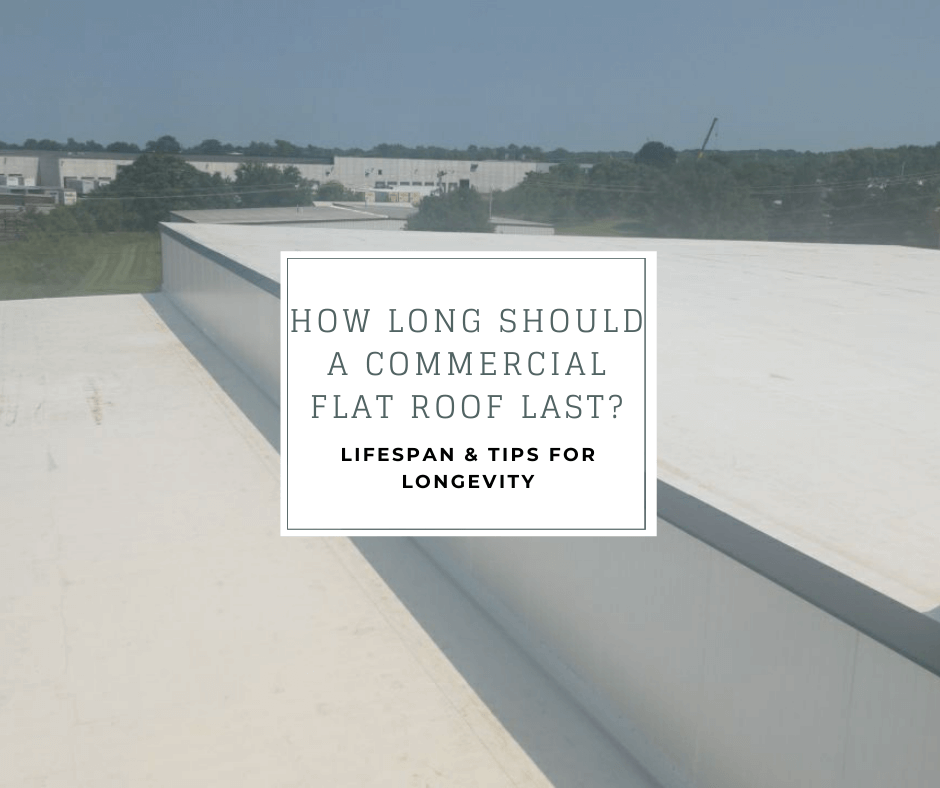

Case Studies: Long-Lasting Commercial Flat Roof Projects
To further understand the longevity of commercial flat roofs, let’s take a look at some case studies of successful projects:
Project 1: Company XYZ Building
The Company XYZ Building, located in a coastal area with a humid climate, opted for a metal roof for their commercial flat roof. The metal roof provided exceptional durability against high winds, saltwater exposure, and extreme weather conditions. Regular maintenance and inspections ensured the roof’s proper functioning, and after 60 years, the metal roof still remained in good condition.
Project 2: Shopping Mall Complex
The Shopping Mall Complex, situated in an area with a hot and arid climate, chose a single-ply membrane roofing system for their commercial flat roof. The reflective properties of the roofing material helped reduce energy costs, and the strong resistance to UV rays prolonged the roof’s lifespan. With proper maintenance and repairs, the single-ply membrane roof surpassed its expected lifespan of 20 years and continued to perform well after 25 years.
Project 3: Industrial Warehouse
An Industrial Warehouse in a region with frequent rainfall and high humidity installed a spray polyurethane foam (SPF) roof. The excellent waterproofing capabilities of the SPF kept the interior of the warehouse dry and protected from leaks. With recoating every 15 years and regular inspections, the SPF roof lasted for over 30 years, providing cost-effective and reliable performance.
Tips for Prolonging the Lifespan of Commercial Flat Roofs
To ensure the longevity of a commercial flat roof, proper maintenance and care are essential. Here are some tips to help prolong the lifespan of a commercial flat roof:
Regular Inspections and Maintenance
Schedule regular inspections by a professional roofing contractor to identify any signs of damage or wear. Inspections should be conducted at least twice a year, preferably in the spring and fall. Any issues should be addressed promptly to prevent further damage and extend the roof’s lifespan.
Addressing Issues Promptly
If any issues or damage are detected during inspections, it’s important to address them promptly. Small problems, such as cracks or leaks, can quickly worsen if left untreated. Timely repairs can prevent further damage and help maintain the roof’s integrity.
Preventative Measures
In addition to regular inspections and repairs, taking preventative measures can significantly prolong the lifespan of a commercial flat roof. This includes clearing debris, cleaning gutters, and ensuring proper drainage to prevent water from pooling and causing damage to the roofing materials.
Appropriate Drainage System
Proper drainage is crucial for the longevity of a commercial flat roof. The design and installation of an appropriate drainage system will prevent water from accumulating and causing structural damage. Regularly check and clean drains and gutters to ensure proper water flow.
Professional Roofing Services
Engaging professional roofing services for installation, repairs, and maintenance is highly recommended. Experienced roofing contractors have the expertise and knowledge to perform high-quality work, ensuring the roof’s longevity. They can also provide valuable advice on the best practices for maintaining and caring for the commercial flat roof.
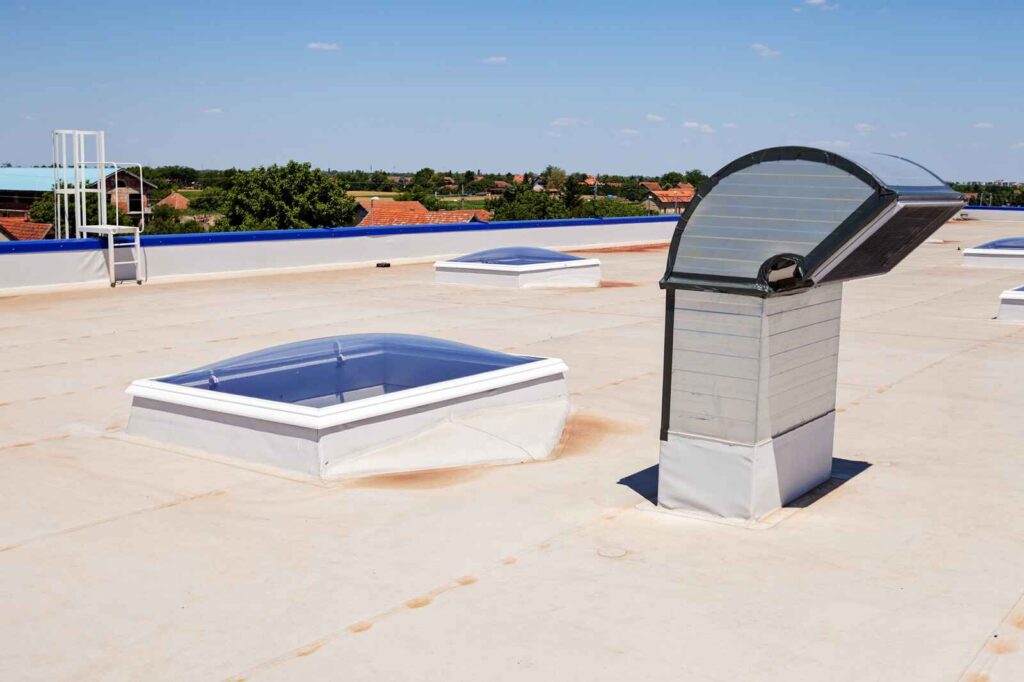

Conclusion
When it comes to the longevity of commercial flat roofs, several factors come into play. The choice of roofing material, installation quality, proper maintenance, climate and weather conditions, and roof design all impact the lifespan of a commercial flat roof. By carefully considering these factors and selecting the most suitable roofing material, property owners can ensure that their commercial flat roofs have a long and reliable lifespan. Regular inspections, addressing issues promptly, taking preventative measures, implementing an appropriate drainage system, and hiring professional roofing services are key in prolonging the lifespan of commercial flat roofs. With proper care and maintenance, commercial flat roofs can provide excellent performance and protect the building for decades to come.

